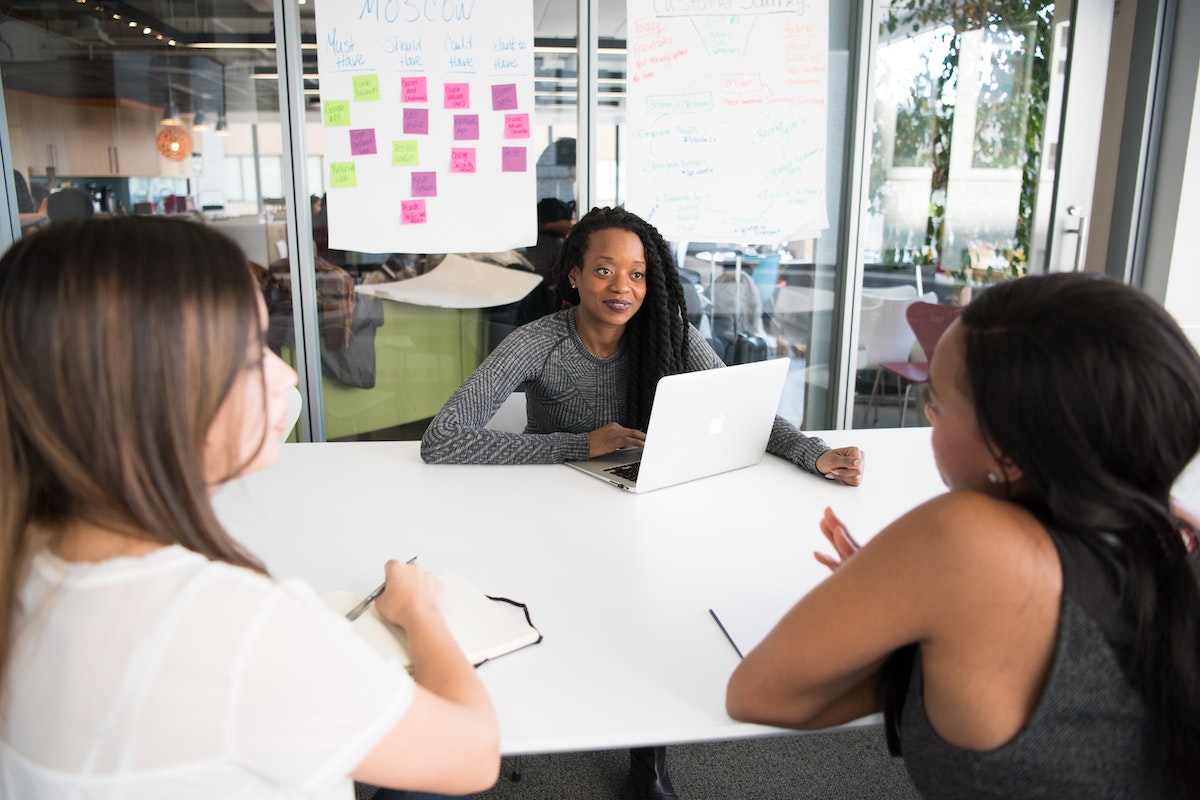• Women in the United States face challenges hindering their success and well-being, including the gender wage gap and lack of representation in leadership positions.
• On average, women earn 82 cents on the dollar compared to men, resulting in an annual loss of $10,467 for working women.
• Only 8% of Fortune 500 companies have female CEOs, and only 24% of U.S. Congress members are women, both figures remaining relatively unchanged since 1998 and 1999, respectively.
• Communities can do something about these problems by creating online communities for women, setting up mentorship programs, and providing community programs to help women in need.
Despite strides toward gender equality, women in the United States still face challenges that hinder their success and well-being. These challenges can range from gender pay gaps to unequal representation in leadership positions. It is essential to discuss these issues to work towards a more equitable future for all individuals, regardless of their gender. Here’s a look at some common problems facing women in U.S. communities today.
Gender Wage Gap
One of the most pressing issues facing women in the United States is the persistent wage gap between men and women. According to the American Association of University Women (AAUW), women are currently paid 82 cents for every dollar earned by men—a gap that has remained relatively unchanged since 2001, making it the status quo for decades now.
This wage gap results in an average yearly loss of $10,467 for working women across all occupations combined. Certain professions have a much more significant gap than others (e.g., finance and insurance).

Lack of Representation in Leadership Positions
Women are also significantly underrepresented in leadership positions across many industries, including politics and business. In fact, according to Catalyst’s 2020 Women Count Report, only 8% of Fortune 500 companies have female CEOs—a number that has remained virtually unchanged since 1998!
Additionally, there are still far fewer women than men serving as elected officials at local, state, and national levels; according to Pew Research Center’s 2019 report on U.S. Congress Members, only 24% were female as of January 2019—a figure which hasn’t changed much since 1999 either!
Unequal Access To Health Care Services
Finally, women also face disparities in access to health care services due to various factors such as economic status or geographical location. For example, rural areas tend to have fewer healthcare providers than urban areas do; this often means that those who live in rural areas have less access not just to healthcare services but also to preventive screenings and treatments that could otherwise help prevent serious illnesses such as cancer or heart disease from developing later on down the road.
Ensuring equal access means ensuring everyone has access—regardless of where they live or their income level—to quality healthcare services that meet their physical and emotional needs so that they can lead healthier lives overall. Moreover, it can empower them in a positive way, which can help reduce risks in their careers and give them the confidence they need in life.
How Communities Can Deal With These Problems
Women worldwide continue to face many obstacles that hinder their progress and well-being; here in the United States, this is no different. The issues discussed above are just a few examples out of many faced by women in U.S. communities today. Thankfully, communities can do something about these problems. Here are some ways your community can deal with it.
Online Communities For Women
The internet is the best place for women to unite and support each other. Various online communities are dedicated to women’s advocacy and providing resources for those needing them. You can also build online communities using Disciple’s software, which can cater to women. These communities provide a safe space where women can voice their concerns, share experiences, and get advice from others with similar backgrounds.
Mentorship Programs

Mentorship programs are another way for communities to help women succeed. By providing access to mentors and role models, communities can help women gain the knowledge, skills, and resources they need to reach their goals. Mentorship programs can also give the participants a sense of purpose and community.
Community Programs
Community programs dedicated to helping women are another way to create change in your community. These programs can provide job training, educational opportunities, and more. Communities can also set up programs specifically designed to help women in particular areas of need, such as mental health, economic development, or entrepreneurship.
By addressing the challenges faced by women at a local level, communities can create real change that leads to greater equality and well-being for everyone. With the right resources and initiatives, communities can create a more equitable future for all.



